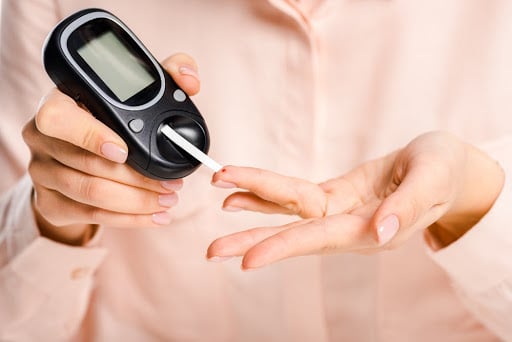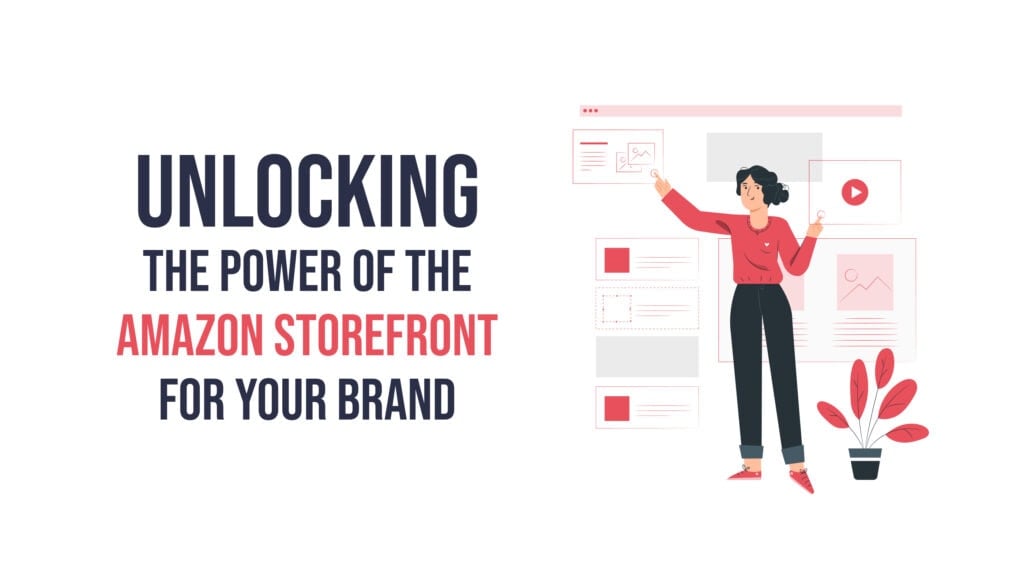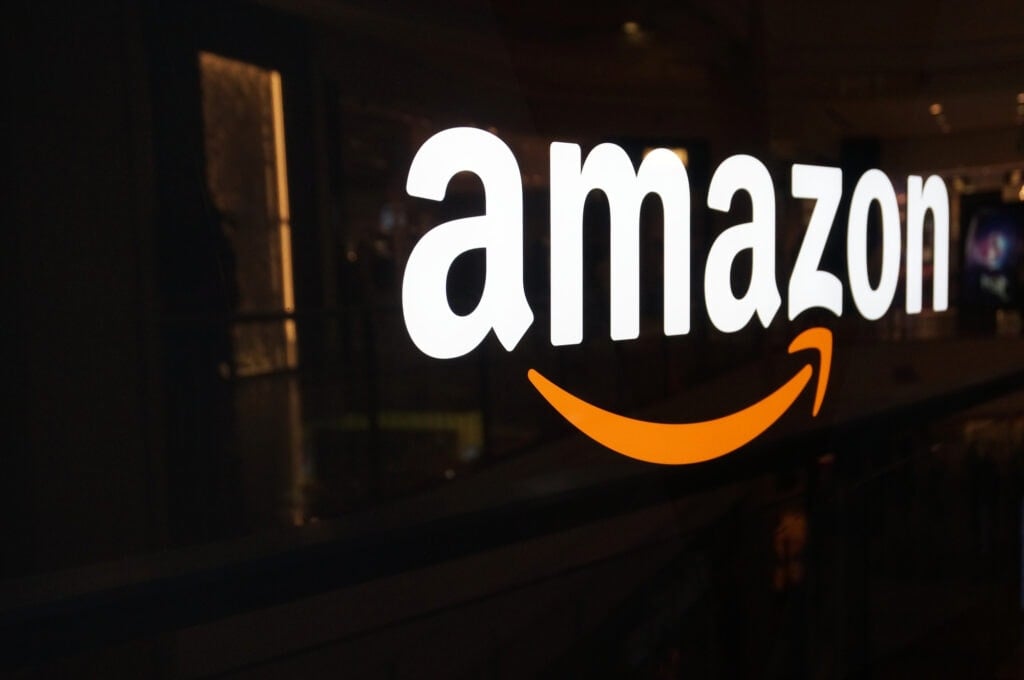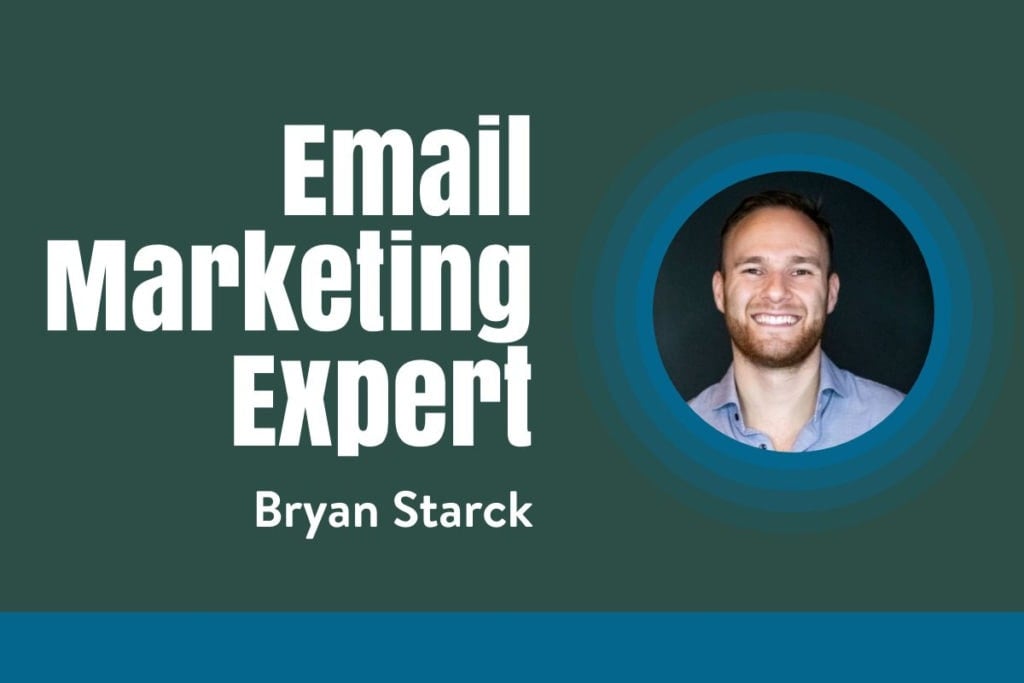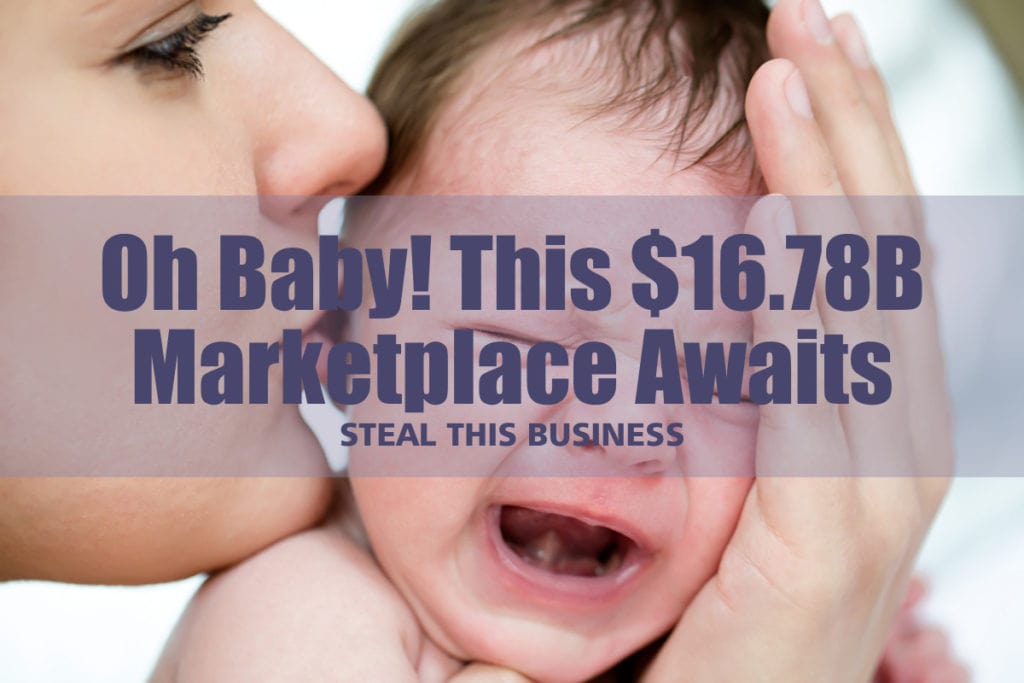In a WFH world, at-home diagnostics help people skip the doctor’s office. Innovative entrepreneurs are making healthy profits in this niche.
Picture this.
You wake up on Saturday morning with a sore throat. Heading to urgent care will cost a small fortune. Besides, you still haven’t paid your $7,000 deductible for the year.
Luckily, you have an at-home flu test in the medicine cabinet. You’ll know what’s ailing you in just 20 minutes.
Are these at-home diagnostics science fiction or innovation?
As it turns it, these products are a bit of both. Consumers want the most space-aged, innovative, out-of-the-box products available. It’s no wonder why at-home diagnostic startups are a booming business.
At-Home Diagnostics Products Are On Fire
Self-monitoring and self-diagnosis of preventable diseases are more important than ever. Consumers don’t want to live with uncertainty. They want answers to their most burning questions, and they want them now.
At-home diagnostic tests and tools make this possible. The demand for these products has skyrocketed over the past few years. Particularly hot products include retinol serum, pulse oximeters, red light therapy, and derma planing. By 2025, the global home diagnostics market should exceed $6.53 billion at a CAGR of 3.98%.
Instant Results Put Consumers at the Wheel
Health insurance premiums are at an all-time high. The average health insurance policy costs $456 per month for an individual. Families can expect to pay $1,152 monthly. That’s not pocket change.
People get sick, and illnesses don’t wait to strike when it’s convenient. Unfortunately, many people forego the doctor because it’s expensive. An estimated 25% of Americans put off medical care due to finances. And of those, many don’t even have health insurance.

Instead, consumers need a more affordable, easy-to-obtain solution. What’s the answer? At-home diagnostic tests. These tests not only give results in a matter of minutes, but they also put consumers in charge of their health. Most importantly, companies can sell these tests for a fraction of what it costs to go to the emergency room.
Sound like a problem you want to solve for your fellow humans?
Healthcare is vital for every person in the world. And creating accessible solutions may help calm minds and save lives.
Consumers crave rapid results, and entrepreneurs want to create rabid fans. It’s possible to do both in this industry while building a 7- or 8-figure at-home diagnostics business.
Growing Demand for a Variety of Home Diagnostic Products
Ready to enter the at-home diagnostics industry? You need a ground-breaking product to stir up waves and produce a steady income. Consider tweaking and branding one of these already popular at-home diagnostic products:
- Allergy testing ($88 retail price)
- Cholesterol screening ($99 retail price)
- Drug test ($10.99 retail price)
- HIV panels ($34.99 retail price)
- Pregnancy test ($7.98 retail price)
- Ovulation predictor ($19.98 retail price)
- UTI test ($9.43 retail price)
- STD panel ($99 retail price)
- Male fertility test kit ($25.99 retail price)
- Menopause testing ($99.95 retail price)
- Yeast infection indicator ($12.58 retail price)
- Rapid strep kit ($29.99 retail price)
- Thyroid test ($69 retail price)
- Blood pressure monitor ($17.99 retail price)
- O2 saturation device ($19.95 retail price)
- DNA test ($79 retail price)
This list is only the tip of the iceberg. There’s a growing demand for more innovative, specialty at-home diagnostics tests, including:
- COVID-19 test
- Flu test
- Cancer screening
The entrepreneur who can offer the most reliable diagnostic tool for the most reasonable price will cross the finish line victorious. But are these tests even possible to make?
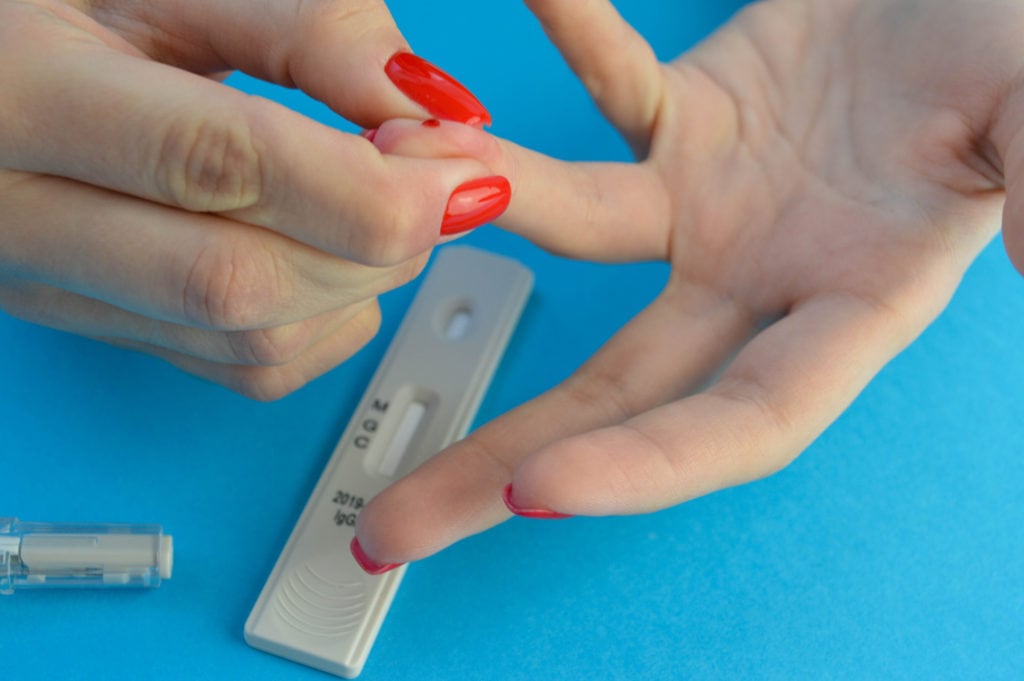
At-Home Diagnostics Startups Shaking Things Up
Mentioning products you could market is fine and dandy. But is anyone actually making money? Yes, and many of them are now 8-figure empires.
Take Cue Health, for instance. The company launched in 2009 with one product: at-home swine flu tests. Today, they have a bigger problem to tackle—COVID-19.
Cue Health’s COVID-19 test is the first 20-minute nasal swab that delivers results via a mobile app. The buzz around the company’s innovation has caught the eye of many interested parties.
The Department of Defense and the U.S. Department of Health and Human Services awarded Cue Health $481 million to expand domestic production. The test even received emergency use authorization from the FDA. In January 2021, the test became available in 10 states.
The Complex and Tedious R&D Process
Most people entering this industry have a background in science, namely medicine. There’s no room for error when it comes to providing diagnostics. But you don’t have to be a biochemist to come up with something great. As long as you have an innovative, never-before-seen idea, you can find an R&D team to handle the science end.
Once you have an idea, it’s time to build a prototype. Now, the average person doesn’t have the tools or equipment needed to create high-tech prototypes in their garages. You’ll need to find someone else to handle this job. A great place to start? Universities.
Many colleges have research departments, and the dean allocates funds for new projects each year. Try contacting local universities to see you can team up with one to launch your company. Partnering with colleges is a cost-effective way to get your idea to the next phase. If it pans out, it will also earn the school a lot of praise and recognition.
Depending on the home-diagnostic product you want to sell, you may need to work alongside a local laboratory. Private labs have the necessary equipment to conduct the multiple phases of testing. Some will even provide their services for free, provided you cut them a fair percentage of your revenues after launch.
Selling to the At-Home Community
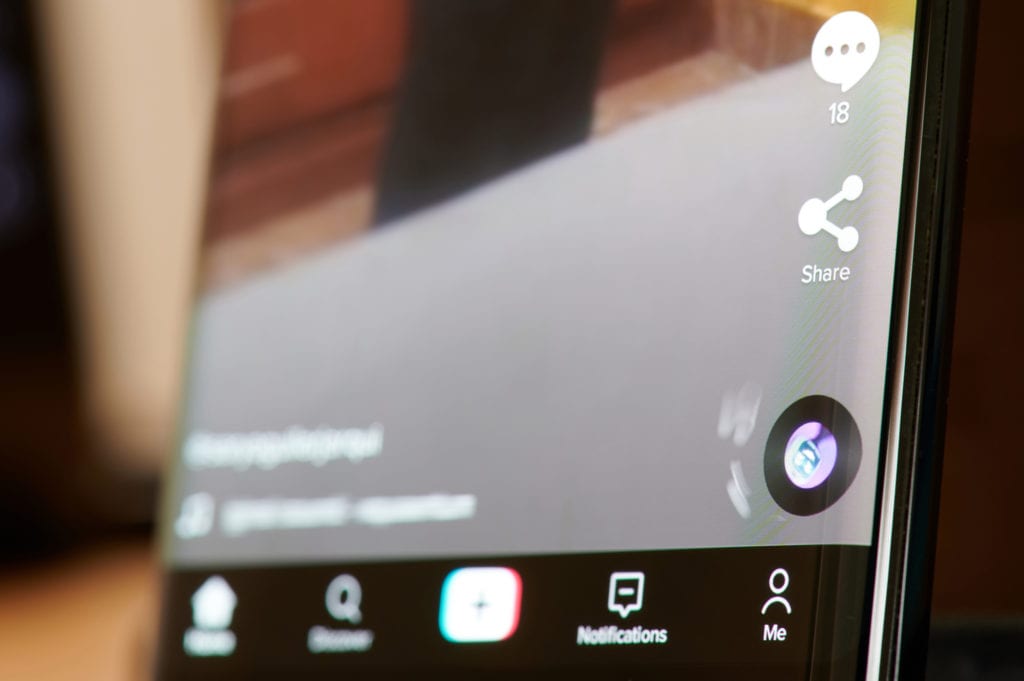
How does an entrepreneur sell to the at-home diagnostics-craving audience? Well, you have to visit them in their element—their home.
Alright, so you’re not about to show up to their next dinner party uninvited. No one wants that. Transforming into a real-life Willy Loman won’t bring in the rabid fans you desire. But you do need to know where they frequent online. Your audience will help you get your idea off the ground.
Social media remains king when it comes to finding and building an audience for any new launch. Make sure you have active profiles on all the major platforms—Facebook, Instagram, and Twitter. If you want to target a younger audience (yes, those Generation Z kids have money to spend), uploading short videos on TikTok is a must. The platform has over 800 million active users worldwide and boasts the highest social media engagement rates per post.
Of course, your marketing doesn’t—and shouldn’t—stop with social media posts. It’s also imperative to introduce yourself to other experts in the field. And yes, you can find many medical experts in the most obvious place—YouTube.
What? You mean people get medical advice from YouTubers?
Absolutely. And some even consider it a step up from searching for answers on Google. Luckily, most of the doctors on YouTube have verifiable credentials, and you can use their already established audiences to gain momentum for your upcoming launch.
Consider reaching out to these medical influencers:
- Doctor Mike: Dr. Mikhail “Mike” Varshavski D.O. is a board-certified family medicine doctor. He uses a combination of facts, humor, and good looks to gain views—and this recipe works. With over 6.76 million subscribers, getting your product into the hands of Doctor Mike is a surefire way to boost awareness and sales.
- Doctor Mike Hansen: Yes, there is another Dr. Mike on YouTube. But this time he’s a board-certified internist, intensivist, and pulmonologist. His channel rose in the ranks as COVID-19 spread across the world. He shares his knowledge in a very fact-driven, dad-joke-filled manner to his 597K subscribers.
- Medlife Crisis: Dr. Rohin Francis is a cardiologist, internal medicine doctor, and university researcher who uses terrible humor to inform his audience. His goal is to take the attention away from the “quacks and clowns peddling garbage.” Over 352K subscribers agree his content-creating method works.
- Mama Doctor Jones: Launching a diagnostic tool for women? Dr. Danielle Jones, MD, FACOG—a board-certified OB-GYN—may be your best bet. She educates her mainly female audience of over 694K subscribers about all things periods, pregnancy, menopause, and everything in between.
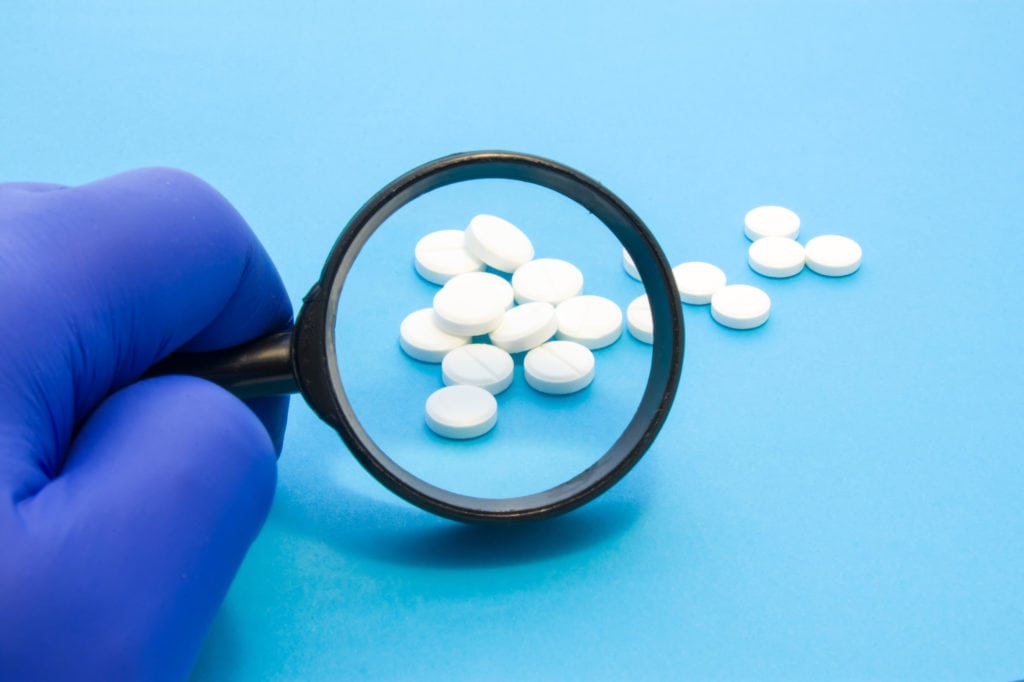
As you begin to grow and excite your audience, it’s time to initiate the launch sequence. First stop? Securing money.
Fundraising 101
As you can imagine, funding a diagnostic company doesn’t come cheap. All new medical products undergo rigorous FDA testing to ensure they are safe and effective for the general public. The Medical Device Amendments of 1976 (and yes, diagnostic tests fall under the medical device category) list three regulatory classes for new products. They are: Class I, Class II, and Class III (the highest regulated class).
Even after you pass the first approval round, you must prepare yourself to go up against the Clinical Laboratory Improvement Amendments (CLIA). CLIA regulations assign all commercial tests one of three complexity ratings. They include waived, moderate complexity, or high complexity.
Who foots the bill for all this mandatory testing? The company seeking approval. Prepare yourself to spend at least $2 million to launch a medical device company—from concept to clearance.
Don’t have this type of capital lying around?
Someone else does, and crowdsourcing will become your best friend. Here are the most popular crowdsourcing platforms:
- Kickstarter: Since its launch, Kickstarter has successfully funded 196,133 projects. The company follows an all-or-nothing model. Campaigns only get pledges if they reach their funding goal. However, Kickstarter prohibits certain projects, including items “claiming to diagnose, cure, treat, or prevent an illness or condition.” Many—but not all—at-home diagnostic startups fall under this category. But don’t write off the platform altogether. Comper met its goal to fund an ultra-intelligent thermometer. The brand complied with all Kickstarter’s rules, and you can now buy this innovative thermometer on Amazon.
- Indiegogo: With a community of over 9-million backers, Indiegogo has helped launch over 800,000 new products. You can choose to fund an all-or-nothing or flexible campaign. If you choose the latter, you will receive all pledges even if you don’t meet your overall goal. Indiegogo prohibits Class III medical devices. But it does allow most other diagnostic items. A C3 Test for Coronavirus & COVID-19 was one of the most heavily backed campaigns in 2020. The company ended the project early because it collected enough money from Indiegogo and other investors to get the ball rolling.
21 Kickstarter projects that crushed their funding goals.
Ready to Launch “At-Home”
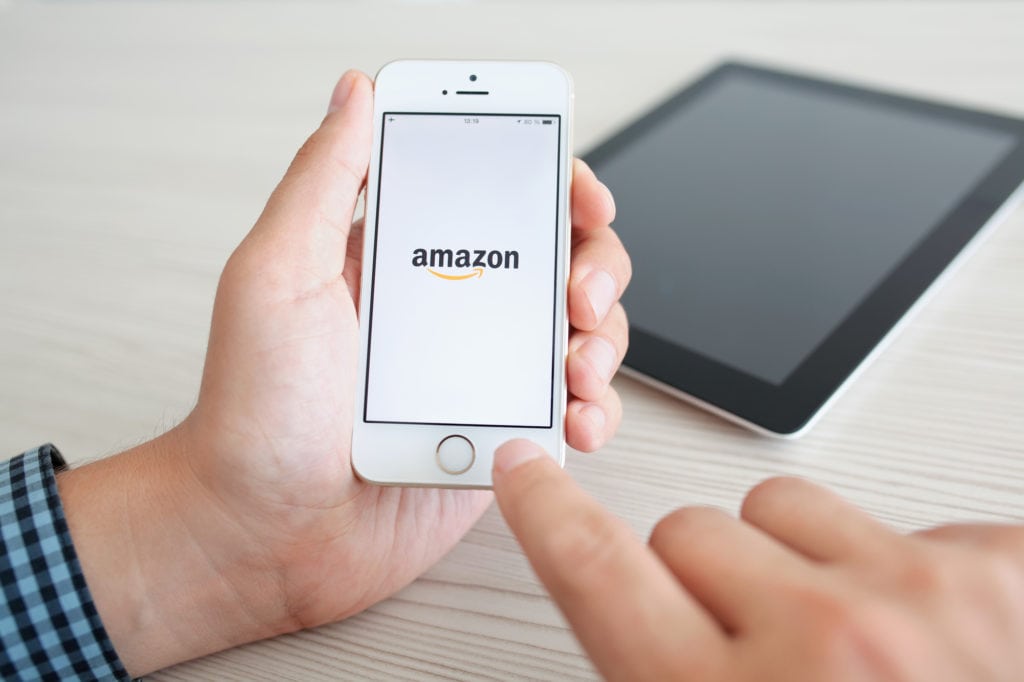
With plenty of funding for R&D, you can finally start counting down the days until launch. Where should you sell your product first? You have a few options.
Amazon should be the first place you consider. After all, the booming marketplace just reported a record-breaking $125.56 billion in sales for Q4 2020. Launching through the FBA program makes it possible to provide free 2-day shipping to customers. That’s a perk that’s worth its weight in gold.
However, selling diagnostic products on Amazon may not be a walk in the park. Medical devices and accessories fall under the restricted products list. Landing on the list doesn’t mean you can’t sell your products, but you must apply for clearance. Amazon requires FDA approval for all products. You must adhere to strict registration, labeling, and marketing guidelines to remain in good standing as a seller.
Worried about meeting Amazon’s demands? You have sound reasons for concern. Even if you follow all the rules, you still may not qualify to sell your diagnostic product. However, there are other avenues to take. Selling directly through Shopify is one.
Shopify is perhaps the best e-commerce platform out there. It also has a reputation that buyers trust. The platform provides all the tools needed to build a visually appealing, easy-to-navigate website. Plus, you never have to worry about loading speeds. Shopify’s sound infrastructure is one of the most reliable worldwide.
Rapid Results on the Way!
What do consumers want more than anything? Instant gratification. As a new at-home diagnostic startup, you can provide your customers results in minutes. What’s not to love?
At-home diagnostics are the future of medical innovation. Now is the time for entrepreneurs to launch never-before-seen products. All it takes is one successful product to build a multi-billion dollar empire.
